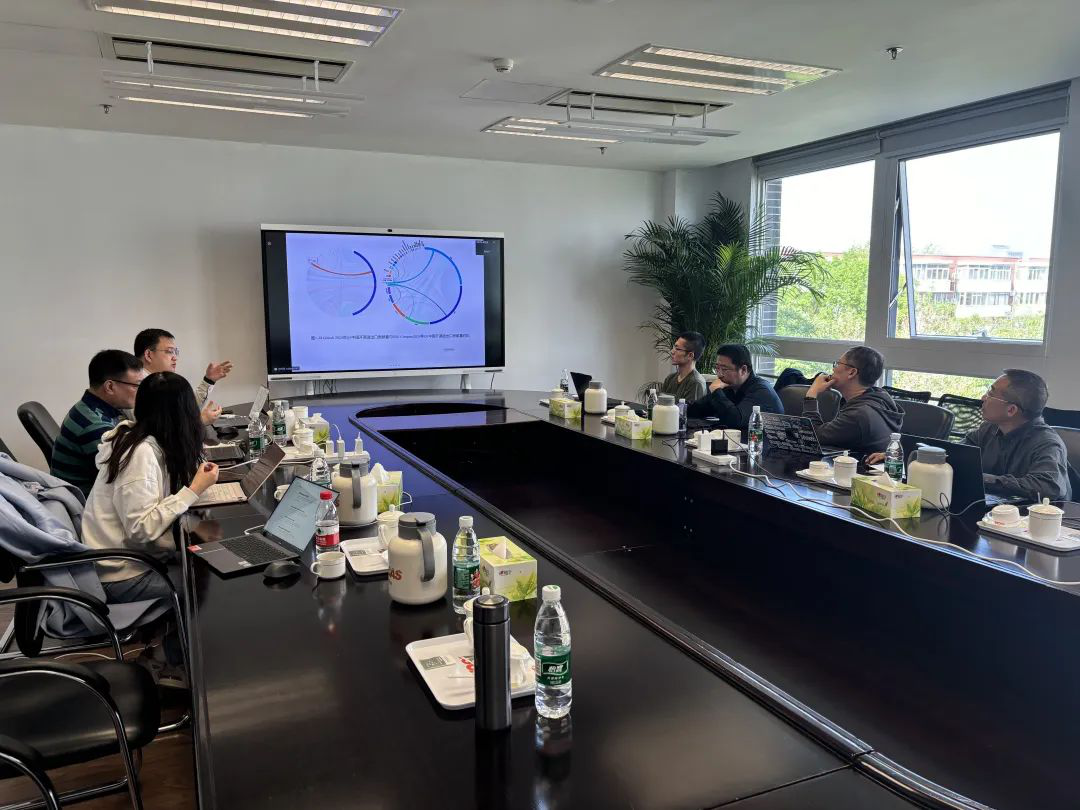On June 3, 2025, the OSS-Compass Product Innovation Conference was successfully held at the Zhongguan New Garden, Peking University. Industry experts from top domestic and international institutions gathered to share insights on open source ecosystem development, including Peking University, Nanjing University, Institute of Software (CAS), National Industrial Information Security Development Research Center, OpenAtom Open Source Foundation, China Academy of Information and Communications Technology, Linux Foundation CHAOSS community, OSCHINA, Baidu, ByteDance, Huawei, Honor, Beihang University, Beijing Institute of Technology, Tianjin University of Technology, Shanghai Open Source Information Technology Association, and CAS Institute of Science and Development.
Hosted by Wang Yehui, Co-Chair of the OSS-Compass Technical Committee, the conference kicked off with the theme "Breaking Traditional Evaluation Models: Let Real-World Scenarios Speak", featuring three core agendas: new service launches, the initiation of an ISO standard working group, and business planning for the AI working group. Real-world cases demonstrated the core value of four new services. Let's revisit the highlights of this open source feast!
